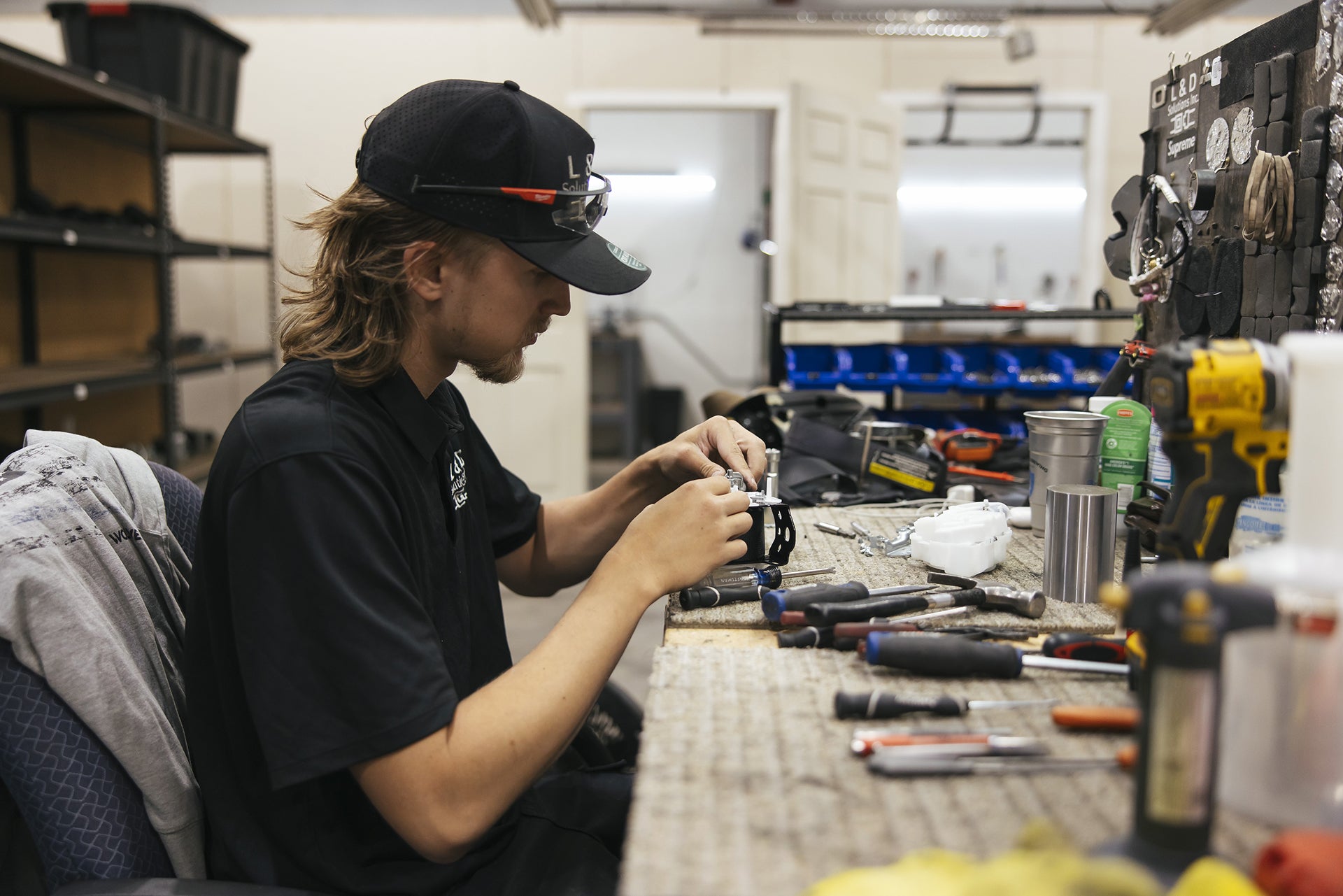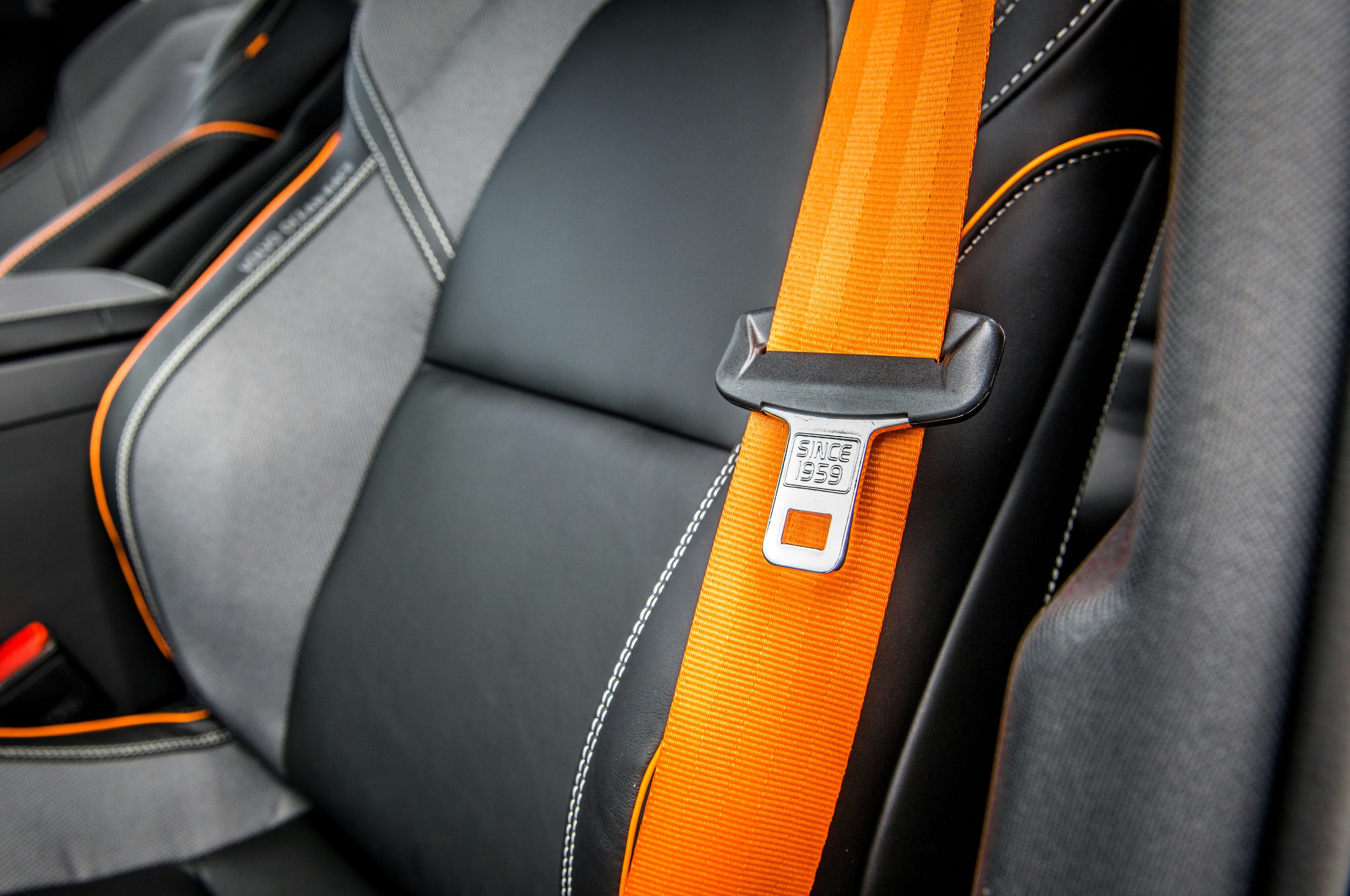Airbag Deployment and Safety: What You Need to Know
Airbag systems aren’t something you think about until you really need them. But when that moment comes, you want them to work perfectly.
So how do airbags know when to deploy? What if they don’t? And why are some people left confused or frustrated after a crash?
If you've ever asked yourself any of those questions, you're not alone. I’ve talked with friends, mechanics, and car owners who’ve all wondered the same thing.
What Triggers an Airbag to Deploy?
Imagine your car has a built-in bodyguard. That’s basically what an airbag is. But your bodyguard doesn’t act unless the threat is real.
An airbag deploys when:
- Crash sensors detect a sudden deceleration
- The impact force crosses a certain threshold
- The angle and direction of the hit match pre-set patterns
For example, a head-on collision at 20+ mph is usually enough to trigger deployment. But a low-speed fender bender? Not so much.
Think of it like this: airbags are smart, but they're not emotional. They follow logic, not panic.
Why Didn’t My Airbag Deploy in a Crash?
Here’s a common frustration: "My car was in an accident, but the airbag didn’t deploy. Is it broken?"
Not necessarily. Here’s what could’ve happened:
- Type of collision: If it was a rear-end or side swipe, the airbag system may not have been activated.
- Speed of impact: A slow-speed crash might not meet the threshold.
- Sensor positioning: Damage might’ve occurred in a spot without airbag sensors.
- Pre-existing faults: A warning light you ignored could’ve meant the system was disabled.
Pro tip: Always get your airbag system checked after any collision, even if nothing deployed. Better safe than sorry.
The Hidden Side of Airbag Safety: What You Might Not Know
You already know airbags can save lives. But did you know they can also cause injuries? It’s true.
Common airbag-related injuries include:
- Burns from the chemical deployment
- Facial or arm abrasions
- Hearing issues from the sudden explosion
- Bruising from seatbelt pressure as the airbag inflates
Most of the time, these injuries are far less serious than what the crash could’ve caused without the airbag. But it’s still worth understanding.
Also: if your airbag has deployed once, it needs to be professionally reset or replaced. You can't "repack" it yourself, this is one system you don’t DIY.
What to Do After an Airbag Deployment
Let’s say you’ve just been in an accident. The airbag went off. Now what?
| Step | What to Do |
|---|---|
| 1 | Check yourself and others for injuries |
| 2 | Call emergency services if needed |
| 3 | Don’t drive the vehicle, it’s likely unsafe |
| 4 | Contact your insurance and file a claim |
| 5 | Have a certified shop inspect the airbag system |
| 6 | Ask if the crash data needs clearing or the module reset |
Remember, airbag modules can store crash codes. Even after repairs, the system may not work until those codes are cleared.
How to Stay Proactive About Airbag Safety
- Watch for the airbag light: It should turn on when you start the car, then go off. If it stays on, get it checked.
- Don’t ignore recalls: Airbag recalls (like the Takata recall) are serious. Look up your VIN online if you’re unsure.
- Avoid aftermarket tampering: Replacing a steering wheel or dashboard can mess with your airbag system.
- Have airbags reset or replaced after deployment: Always by a pro, not a buddy with a YouTube video.
The airbag is part of your car’s safety net. Treat it with the same care you give your brakes or tires.
Your Airbag Is There for a Reason
We’ve all seen those dramatic crash tests in commercials, right? Dummies flying forward, airbags puffing out like giant marshmallows. It’s easy to forget that in real life, these systems are your defense.
Airbags are amazing, but they aren’t magic. They rely on sensors, wiring, and a properly working module. One bad connection or old fault code, and they might not do their job when it matters most.
So if there’s anything you take away from this, let it be this:
👉 Keep your airbag system healthy, just like you'd service your brakes.
👉 Pay attention to warning lights.
👉 And if you’ve been in a cras, —check it, reset it, or replace it.
📩 Need airbag repairs or resets? Contact a certified technician and reach out to L&D Solutions today!




Leave a comment
This site is protected by hCaptcha and the hCaptcha Privacy Policy and Terms of Service apply.